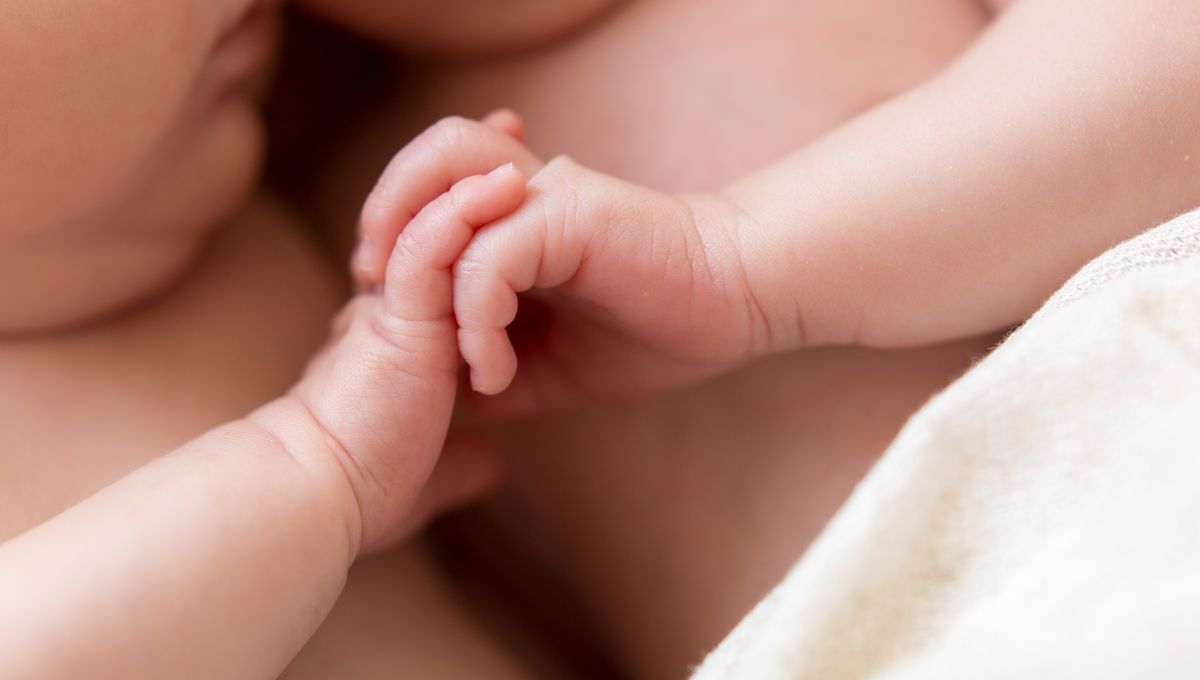
Identical twins, or to use their proper name, monozygotic twins, are generally thought to be indistinguishable aside from their fingerprints (although research has found this to be untrue – even among these siblings there can be some differences).
This type of twin occurs when a single egg, fertilized by a single sperm, splits into two. As a result, identical twins share almost the same genomes, are always of the same sex, and look almost exactly the same. So, what is going on with the whole fingerprint thing?
The likelihood of two people having identical fingerprints is estimated to be less than one in 64 billion, according to the BBC’s Science Focus. Even for monozygotic twins, with their basically identical DNA sequences, the odds are extremely slim. But why?
Why don’t identical twins have the same fingerprints?
It turns out that genetics isn’t the be-all and end-all when it comes to fingerprints – or anything, for that matter: our DNA doesn’t necessarily predict our destiny.
While it is undoubtedly important in determining the pattern of ridges we see on our fingertips, other factors are at play. “Different environmental factors in the womb also play a role in the development of fingerprints,” Simona Francese, a forensic scientist and expert on fingerprints at Sheffield Hallam University, told Live Science.
Things such as umbilical cord length, position in the womb, access to nutrition, blood pressure, and the rate of finger growth can all affect fingerprints, which are set between 13 and 19 weeks of fetal development.
Crucially, these things can all differ in monozygotic twins, meaning that, while they may have similarities in the loops, whorls, and ridges of their fingertips, they will never be exactly the same. For example, where the ridges meet, divide, or end, is likely to be different.
Even outside of the womb, environmental factors can still affect a person’s fingerprints: “Skin conditions, scars, burns and, in certain rare cases, medications can permanently or temporarily alter the ridge details,” Francese added.
One study, from earlier this year, got into the nitty gritty of fingerprint formation, identifying three families of signaling molecules that – along with differences in the shape of the finger and the timing of skin growth – are responsible for our one-of-a-kind fingertips.
“It is a great example of how minor fluctuations … can generate endless variations in a pattern,” Roel Nusse, a developmental biologist at Stanford Medicine who was not involved in the research, told Science.
All of which adds up to a unique set of fingerprints, even in otherwise almost-identical people.
All “explainer” articles are confirmed by fact checkers to be correct at time of publishing. Text, images, and links may be edited, removed, or added to at a later date to keep information current.
Source Link: Why Identical Twins Don't Have The Same Fingerprints